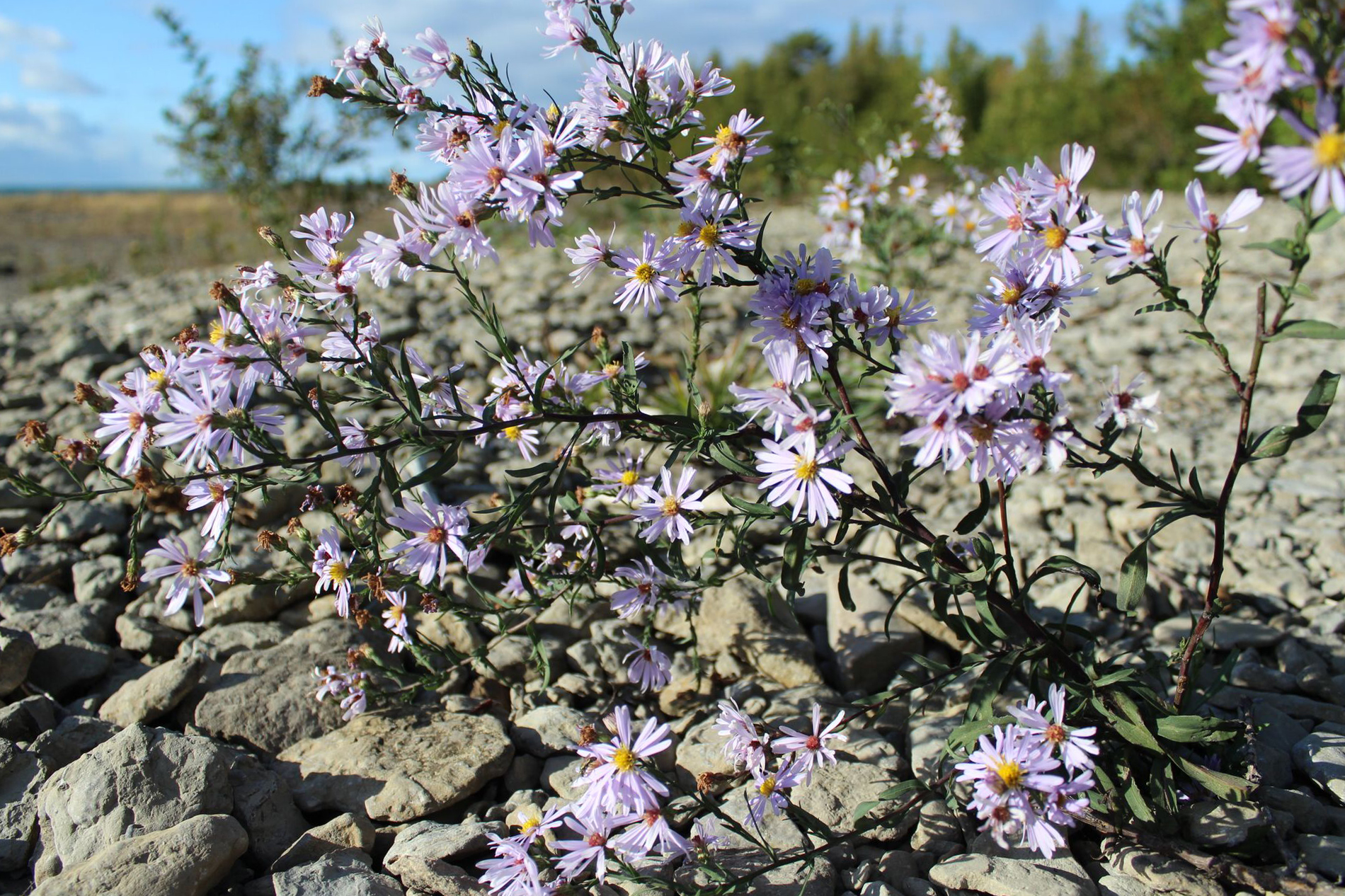Bruce Power
Mandate
To ensure that the Bruce Nuclear Generating Station (BNGS) operated by Bruce Power does not adversely impact SON’s Aboriginal and Treaty Rights, the Land and Waters of the SON Territory, and that employment and training opportunities are made available for SON band members.
 |
 |
 |
Impingement & entrainment
Fisheries Act Authorization
- SON’s involvement in consultation with Bruce Power and the Crown on the Fisheries Act Authorization (FAA) is essential because of the potential impacts of entrainment and impingement on SON’s Aboriginal and Treaty Rights to a commercial fishery in Lake Huron and the impacts on fish and fish habitat.
- The Fisheries Act Authorization relates directly to Bruce Power’s intake of water from Lake Huron for its cooling water system, and the impact of that system on fish.
- In 2014, the Department of Fisheries and Oceans (DFO) and the Canadian Nuclear Safety Commission (CNSC) determined that Bruce Power’s withdrawal of water from Lake Huron causes serious harm to fish and because of this, they must apply for authorization under the Fisheries Act.
- SON told Bruce Power and the regulators that the Fisheries Act Authorization application is of critical importance to SON because the authorization will rely on data about the impacts of the facility to fish, which SON has consistently challenged, and because it will represent a Crown authorization of a potential infringement on SON’s Aboriginal and Treaty Rights.
- After many months, SON and the CNSC met in late May 2017 to discuss some of SON’s longstanding concerns with Bruce Power’s data and methodologies, specifically in the context of SON’s outstanding concerns and comments on Bruce Power’s follow-up monitoring program. SON and the CNSC discussed SON’s issues with facilitation by Dr. Scott Findlay to ensure a productive and fair discussion of the science-based issues.
- As part of the Fisheries Act authorization, Bruce Power will need to consider ways to avoid, mitigate and offset harm to fish. SON has been clear that these options need to be developed in consultation with SON.
- These discussions with Bruce Power, the Department of Fisheries and Oceans, and the Canadian Nuclear Safety Commission are ongoing to date (December 2017).
Role of staff
To act as the single point of contact between Bruce Power and SON regarding a variety of technical and regulatory matters including, but not limited to:
- Interactions with the environment
- Impingement and entrainment
- Thermal impacts
- Training, employment, and business opportunities.
The Energy Manager also engages with provincial and federal regulators related to Bruce Power, including: the Ministry of Environment and Climate Change, the Canadian Nuclear Safety Commission, Impact Assessment Agency of Canada and the Department of Fisheries and Oceans.
Thermal impacts
- SON’s involvement in consultation with Bruce Power and the provincial regulator, the Ministry of Environment and Climate Change (MOECC), related to thermal discharge at the Bruce site is essential because of the potential impacts of thermal pollution (heated water) on SON’s Aboriginal and Treaty Rights to a commercial fishery and the impacts on fish and fish habitat in Lake Huron.
- The thermal file is focused on the thermal effects of the BNGS on the Lake Huron ecosystem through its cooling water system. SON engages with both Bruce Power and the MOECC on this issue.
- From 2010 to 2012, Bruce Power expressed concern about rising lake temperatures which could cause Bruce Power to go over their Tmax of 32.2°C.
- In 2012, Bruce Power applied to the MOECC to amend their Tmax from 32.2 °C to 35 °C per year. The MOECC did not approve this application.
- Bruce Power was asked to provide data evidence that demonstrates the thermal plume’s impact on Lake Huron and re-submit the application to the MOECC.
- In 2013, the MOECC approved a three-year temporary amendment to Bruce A for Tmax operational flexibility at 34.5°. This amendment required a three-year monitoring program (2013-2015).
- In April of 2016, the Environment Office provided a disposition table of SON science concerns and questions to the MOECC regarding the Bruce Power Tmax application.
- In May of 2016, the MOECC granted a two-year extension to the temporary amendment, asking Bruce Power to follow up with the Environment Office to resolve the SON science disposition table and revise their application to include more robust scientific evidence to support the Tmax increase.
Past projects
Collaborative Lake Whitefish Research Program (2010-2015)
- The Collaborative Lake Whitefish Research Program (CLWRP) was developed following a Bruce Power relicensing hearing in 2008 as a way to address SON’s concerns regarding Bruce Power’s follow-up monitoring program and its ability to accurately determine the impacts of entrainment and impingement (fish being pulled in through the Bruce Power’s intakes).
- CLWRP was a collaborative scientific research program developed by Steve Crawford (SON – University of Guelph sponsored faculty) and Doug Boreham (Bruce Power – McMaster University sponsored faculty) and funded by Bruce Power.
- Steve Crawford’s research focused on:
- population discrimination
- mathematical models
- impingement and entrainment
- A total of 18 deliverables resulted from the program. One key deliverable from CLWRP was the 296 comments on Bruce Power’s follow-up monitoring program.
- There were 17 projects under CLWRP. Deliverables from each project are available upon request.

